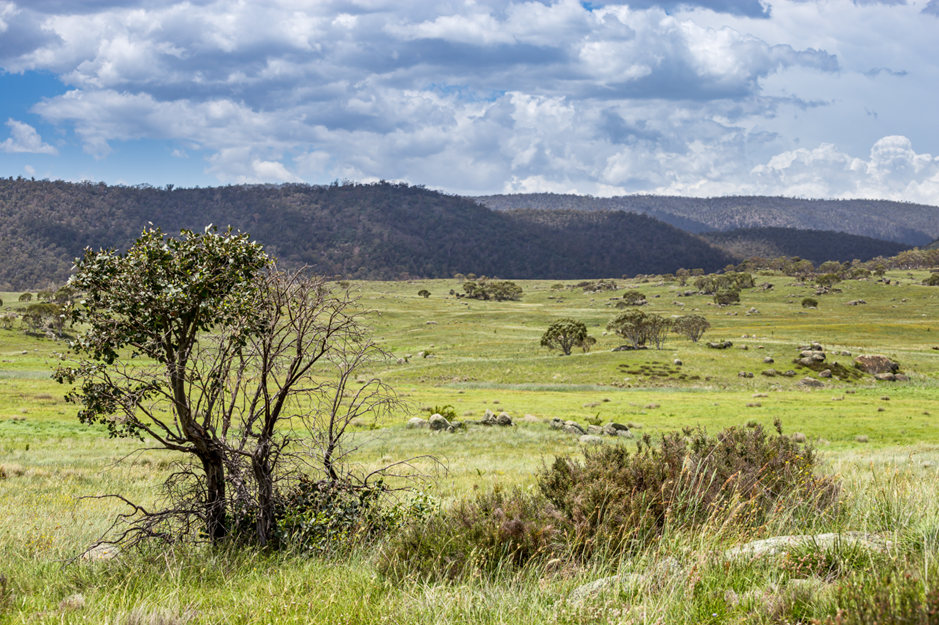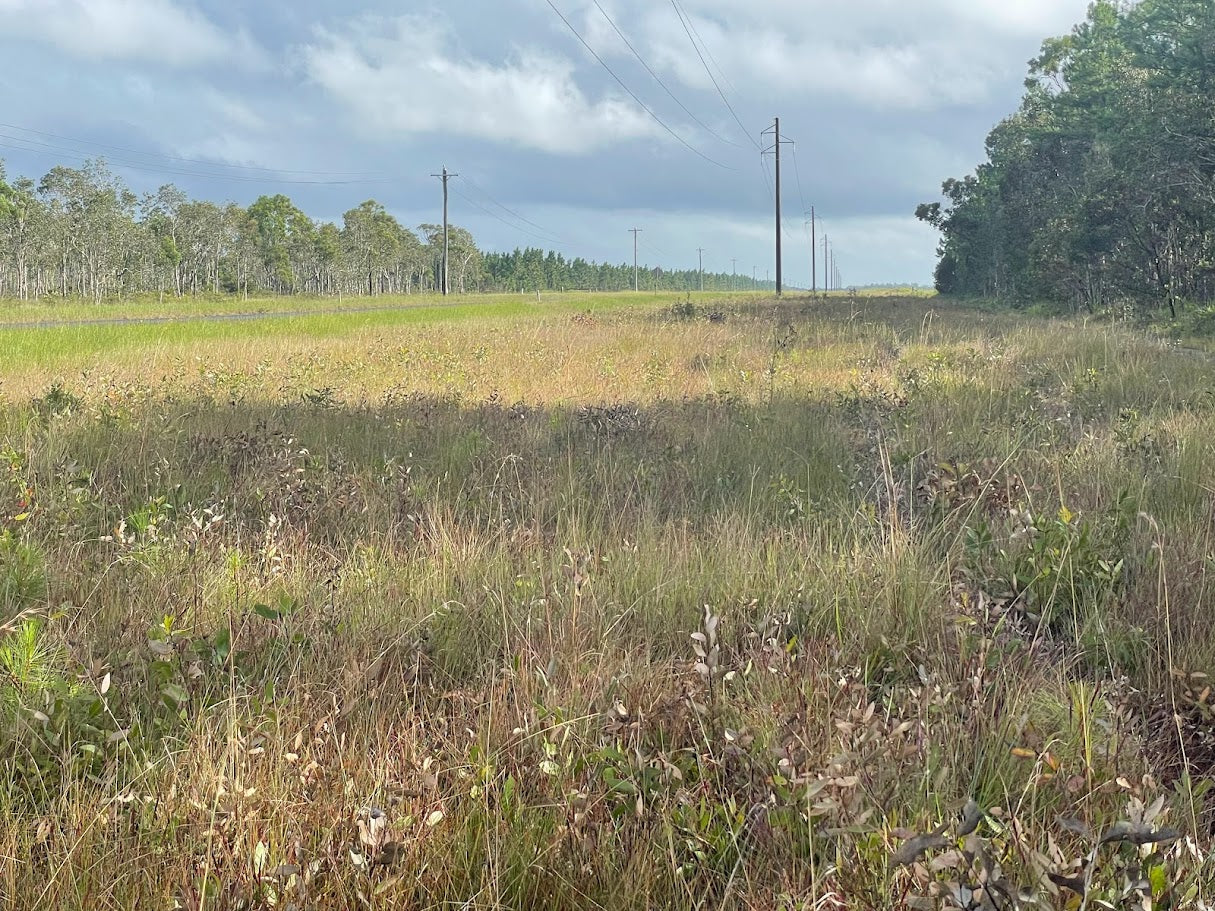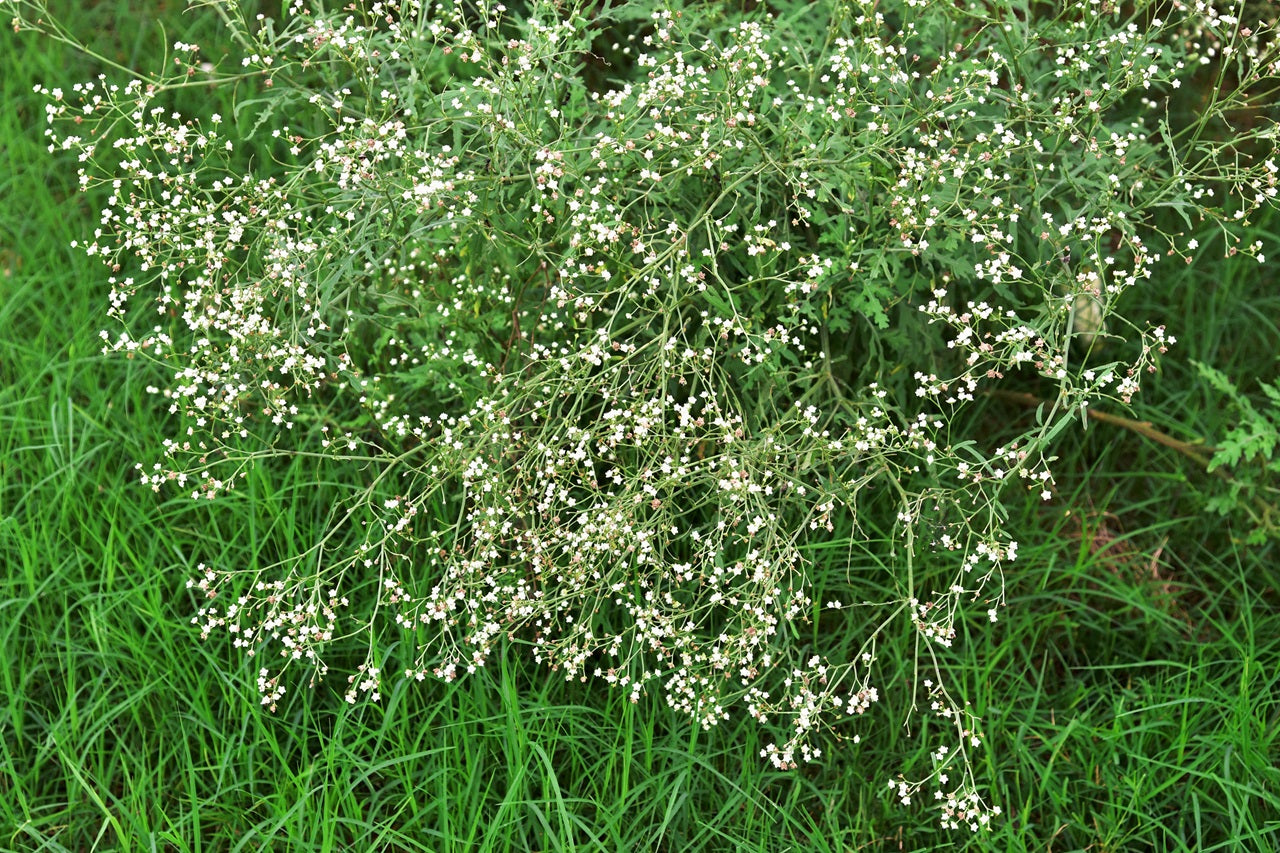
From Invasive Species to Native Landscapes: The Role of Chemicals in Restoring Balance
Invasive species are one of the most significant challenges to the sustainability of Australia’s ecosystems. These aggressive invaders outcompete native plants, disrupt ecological processes, and degrade biodiversity, leaving a trail of ecological and economic damage. Restoring balance to these natural areas requires a multifaceted approach, and the strategic use of chemicals, such as herbicides, plays a crucial role in transitioning degraded landscapes into thriving native habitats.
Far from being a standalone solution, herbicides are an integral component of comprehensive restoration strategies that prioritise ecological health, long-term sustainability, and biodiversity enhancement.
The Threat of Invasive Species
Australia’s ecosystems, valued at an estimated $2.4 trillion annually by the Australian Bureau of Statistics (ABS), are uniquely diverse and provide vital ecosystem services such as nutrient cycling, water filtration, and climate regulation. However, invasive species like lantana, blackberry, and gamba grass threaten these systems by:
- Suppressing native vegetation.
- Altering soil chemistry and structure.
- Increasing fire risks.
- Depleting water resources.
Unchecked, these species can transform ecosystems, resulting in significant losses to biodiversity, agricultural productivity, and the cultural and recreational value of natural landscapes.
The Role of Herbicides in Restoring Balance
Herbicides are an essential tool for managing invasive species and creating the conditions necessary for native plants to thrive. Their role extends beyond weed control to facilitating the recovery of entire ecosystems.
-
Targeted Weed Control
Herbicides provide precise and efficient control of invasive plants, allowing land managers to focus efforts on the most problematic species. Selective herbicides and application techniques target specific weeds without harming surrounding native vegetation, preserving the ecological integrity of the landscape. -
Soil Recovery
Many invasive species such as Lantana disrupt soil health, nutrition and structure. By removing these weeds, herbicides pave the way for soil restoration and improved conditions for native plant establishment. -
Reducing Fire Risks
Invasive grasses such as gamba grass increase fuel loads, making fires more intense and frequent. Herbicides play a key role in controlling these species and reducing fire hazards, protecting both natural ecosystems and human communities. -
Cost-Effective Management
Herbicides are often more cost-effective than manual or mechanical removal, particularly for large-scale infestations. This allows resources to be allocated to other critical restoration activities, such as revegetation and monitoring.
From Degraded to Thriving: The Transition to Native Landscapes
Restoring native landscapes involves more than just removing invasive species—it requires fostering the recovery of native plants and ecosystems. Herbicides are a powerful enabler of this transition when used as part of a broader restoration strategy.
1. Preparing the Ground
Before planting native species, invasive weeds must be cleared to reduce competition for sunlight, water, and nutrients. Pre-treatment with herbicides ensures a clean slate for regeneration efforts, maximising the success of native plantings.
2. Supporting Native Plant Establishment
As native vegetation takes root, follow-up herbicide applications should specifically target persistent weeds without harming young native plants. This creates a nurturing environment for native species to establish dominance and outcompete invasive species naturally.
3. Maintaining Long-Term Balance
Sustainable restoration requires ongoing management to prevent reinvasion. Herbicides, when combined with other practices such as mulching, biological controls, and grazing management, help maintain the balance between native plants and invasive species.

Case Study: Restoring Grasslands Overrun by Broadleaf Weeds
In a degraded grassland in regional Australia, invasive broadleaf weeds had displaced native grasses, reducing biodiversity and ecosystem function. A restoration project integrated herbicide uses into a comprehensive recovery plan:
- Initial Application: Selective broadleaf herbicides targeted invasive species while preserving native grass cover.
- Revegetation: Native grasses and forbs were seeded to reintroduce biodiversity and improve soil health.
- Follow-Up Management: Regular monitoring identified areas of weed regrowth, which were treated with spot applications of herbicides on establishing populations.
- Long-Term Success: Within two growing seasons, native species dominated the landscape, restoring ecological balance and increasing habitat value.
This case study highlights the transformative potential of herbicides when used strategically within a restoration framework.
Balancing Risks and Benefits
While herbicides are effective, their use must be carefully managed to minimise risks to non-target species and ecosystems. Sustainable herbicide use involves:
- Choosing Low-Impact Products: Using herbicides with minimal residual effects that break down quickly in the environment.
- Precision Application: Employing methods such as spot spraying, stem injection, or wick wiping to target specific weeds.
- Timing Applications Wisely: Applying herbicides during the active growth and during establishment stages of invasive plants to maximise effectiveness and reduce the amount required.
Economic and Ecological Payoffs
The strategic use of herbicides in restoration projects delivers significant benefits:
- Economic Efficiency: Lower costs compared to manual or mechanical control methods, freeing resources for other conservation efforts.
- Enhanced Ecosystem Services: Restored native landscapes provide better water filtration, carbon sequestration, and biodiversity support.
- Tourism and Cultural Value: Thriving native landscapes contribute to Australia’s $30 billion nature-based tourism industry and support cultural connections to the land.
Conclusion: Restoring Balance Through Strategic Action
In the fight against invasive species, herbicides are more than just a tool—they are a catalyst for restoring balance in Australia’s ecosystems. When used thoughtfully and in combination with other restoration practices, herbicides enable the transition from degraded, weed-dominated landscapes to thriving native habitats.
The key to success lies in aligning herbicide use with ecological principles, regulatory guidelines, and long-term conservation goals. By doing so, land managers can restore the resilience and vitality of Australia’s natural areas, ensuring they continue to provide their critical ecosystem services for generations to come.
From invasive species to native landscapes, herbicides are playing a vital role in creating a sustainable future for Australia’s unique and precious ecosystems.
Additional content
VIEW GWS' ADDITIONAL CONTENT TO LEARN MORE ABOUT THE WEED INDUSTRY

Towards Modern Vegetation Management: Solutions for Australia’s Linear Infrastructure
Understanding the Changing Vegetation Challenge Vegetation management across Australia’s linear infrastructure corridors is becoming increasingly complex. Roads, rail corridors, gas pipelines, elec...
Read more
Case Study: Parthenium Weed Hygiene
Introduction: The Necessity of Weed Hygiene Management Australia’s vast expanses and diverse land uses, from grazing pastures and cropping zones to natural bushland and urban corridors are u...
Read more
The Critical Role of Weed Hygiene in Effective Weed Management
Weed hygiene management is a cornerstone of effective biosecurity and sustainable land use in Queensland. The unchecked movement of soil, vehicles, stock, and equipment can inadvertently spread inv...
Read more
